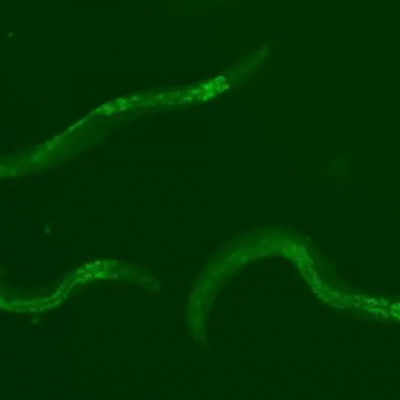In a groundbreaking development, Chinese scientists have successfully modified the genes of a tobacco plant to produce cocaine. The aim of this research is to create a less addictive form of the drug that retains its anesthetic properties. Cocaine is primarily known for its dangerous effects as a drug, but it is also used as a local anesthetic in surgical procedures and medicine. However, the production of cocaine from the leaves of the coca plant is labor-intensive, and researchers have been searching for ways to produce it synthetically in the lab for over a century.
Sheng-Xiong Huang, from the Kunming Institute of Botany at the Chinese Academy of Sciences, explains that this has been a significant scientific challenge. However, the scientists have now succeeded in deciphering the biosynthetic process of the psychoactive tropane alkaloid hyoscyamine, according to a publication in the Journal of the American Chemical Society. They identified a specific duo of enzymes that play a key role in the formation of cocaine. To better understand the biosynthetic process in the formation of hyoscyamine in cocaine plants, the researchers used the genes of tobacco plants. They manipulated the plant to produce the two enzymes in its leaves, resulting in the production of small amounts of cocaine.
Huang emphasizes that this does not mean that drug cartels will start producing cocaine on a large scale using tobacco plants. He explains that this ability will not be retained in the next generation of tobacco plants. Huang suggests that it would be more logical to use a yeast strain for production in medical applications or research. This research also offers another benefit. By gaining a deeper understanding of the drug and its production process, scientists could create a less addictive form of cocaine that retains its valuable anesthetic properties for medicine.










